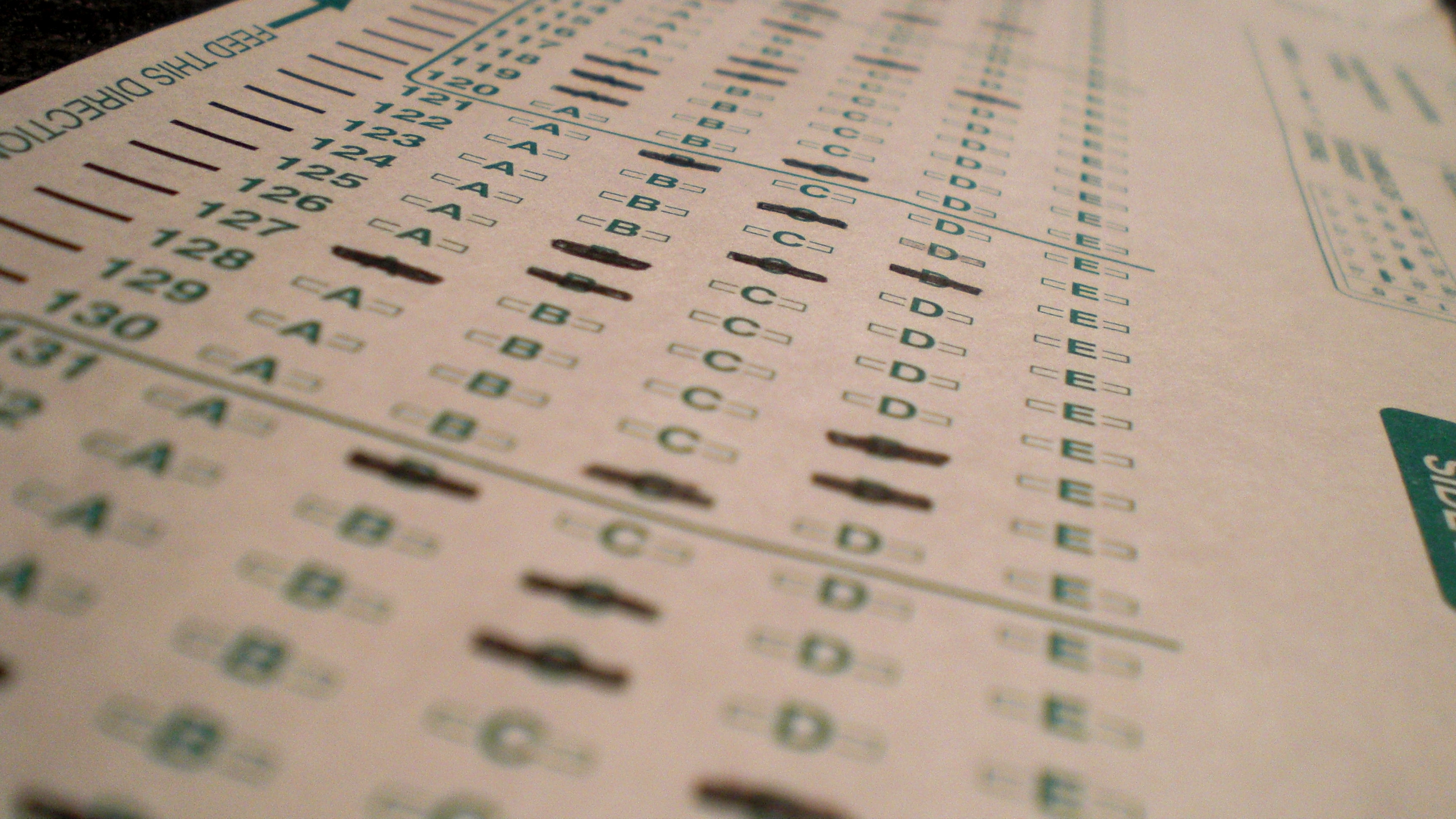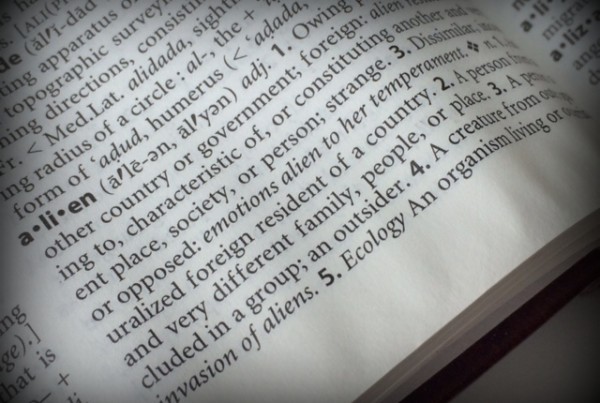This week, the U.S. Department of Education will release its National Assessment of Educational Progress (NAEP), a list of reading and math scores for each state. The scorecards come out every two years, based on tests given to fourth and eighth graders.
Back in 2013, Texas ranked 32nd. But according to a report released Monday by the Urban Institute, Texas students are performing not just OK, but above average.
If the raw numbers from the NAEP were adjusted, Texas would rank third in the nation for reading and math, according to the Urban Institute report.
The author of the report, Matthew Chingos, says that the Department of Education’s rankings are misleading, and Texas actually ranks higher than suggested.
“When the Department of Education puts out these numbers, they’re just saying ‘Here’s the average score of the kids in each state of the country,'” Chingos says. “But now a lot of states look pretty different in terms of demographics.”
Chingos says he compares how well each kid scores relative to kids with similar characteristics in terms of income, race and ethnicity. Not all students come to public education with equal resources, and he says the rankings should reflect that.
“What I find is that the kids in Texas consistently do better than their demographic peers – and it sort of catapults Texas to number three in the rankings,” he says.
Chingos says it’s better to use metrics adjusted for demographics than unadjusted numbers.
“It’s kind of useful to think about progress over time and make comparisons across states, but you can go too far in saying Texas does well because of one thing and not because of another,” he says. “At the end of the day we don’t know what would happen if we took a kid from Pennsylvania and put him on an airplane and brought him to Texas. We’re making some assumptions here, but the demographic adjustments, that’s what they’re trying to do. How well do similar kids do in different states?”














